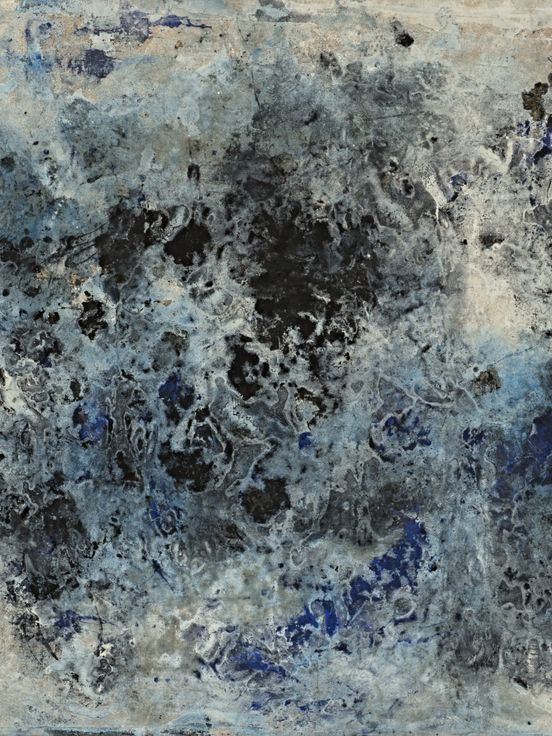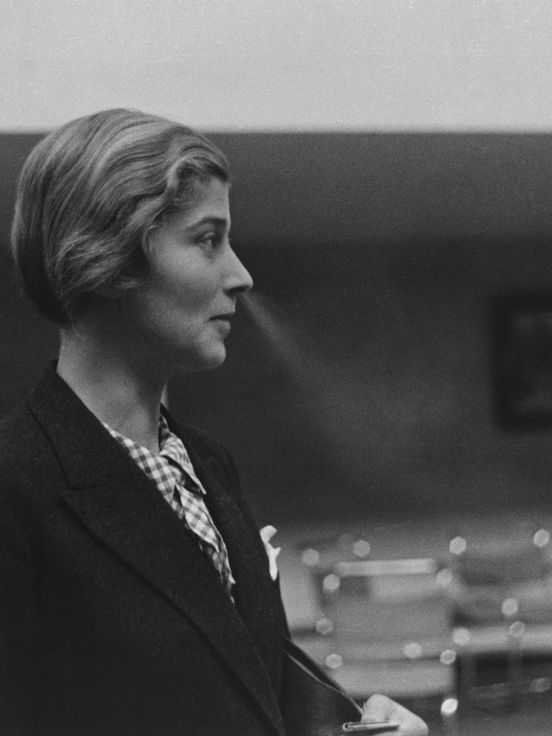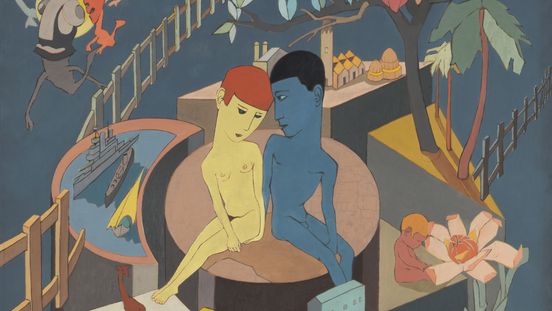The collection at the Berlininsche Galerie occupies more than 1000 square metres. Waiting to be discovered among roughly 250 works on show are paintings,prints, photographs, architecture and archive materials.
Walking around this exhibition is like time travel through Berlin: the Kaiser’s era, the Weimar Republic, the Nazi dictatorship, the new beginnings after 1945, Cold War in the divided city, and the counter-cultures and unconventional lifestyles that evolved in East and West under the shadow of the Wall. In East Berlin, an alternative art community developed from the late 1970s. In West Berlin from the late 1970s, aggressive art by the “Neue Wilden” placed the divided city back in the international limelight.
Tactile models, tactile floor guidance and a Media Guide with descriptions of works and tips for getting around promote a versatile art experience, offering inclusive access to the exhibition for the blind and visually impaired.
- All the explanatory exhibition texts are available in German and English.
- The exhibition contains no information in Easy German.
- Our education programme includes events in simple German.
- The exhibition contains no information in German Sign Language.
- Assistive listening is not supported by induction systems or neck loops.
- The exhibition is on the upper level and can be reached by lift or stairs.
- There is step-free access to the exhibition.
- Access to the Proun Room installation is not level due to a door sill. Please also take care to avoid protruding objects in this room.
- Most of the exhibits and explanatory texts can be seen and read from a seated position. The standard height of the display cases is 78 cm and they are wheelchair accessible.
- There are seatings. Wheelchairs and folding stools can be borrowed free of charge from the cloakroom.
- To protect the works in the exhibition limited use is made of bright illumination. Most of the exhibition texts are designed with strong contrast.
- All the panel texts are available as a large-print brochure that you will find at the entrance to the exhibition.
- The exhibition has a tactile floor guidance system accompanied by an audio guide with route orientation and descriptions of works. This is complemented by touch models of selected artworks.
Do you have any other questions about accessibility? Andreas Krüger, officer accessibility and inclusion, will be happy to answer them via e-mail krueger@berlinischegalerie.de or via phone +49 (0)30-789 02-832.
Buy tickets
Enter ticketshopPress release
-
Art in Berlin 1880 – 1980
Discoveries and rediscoveries


